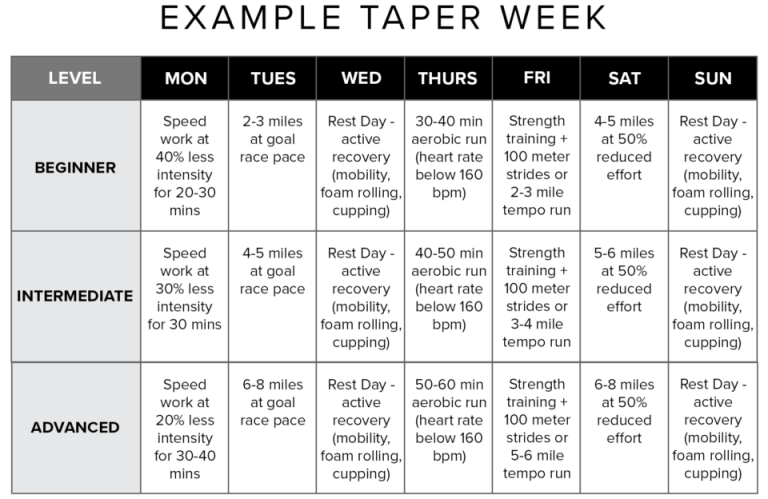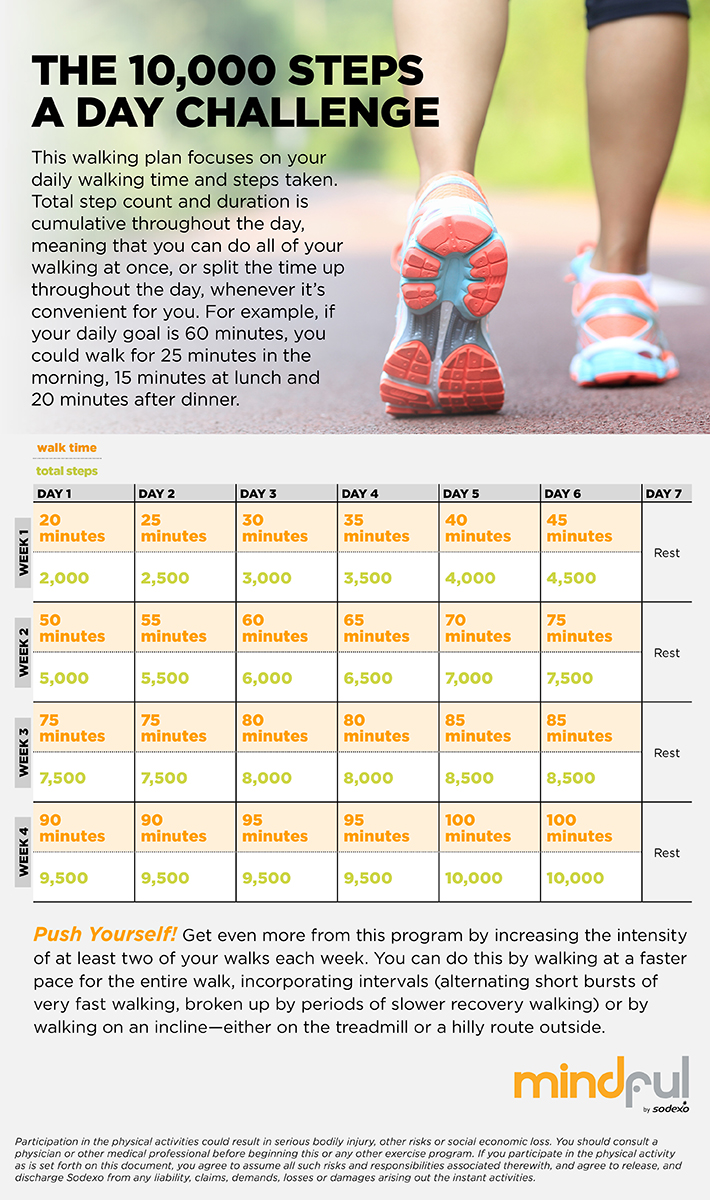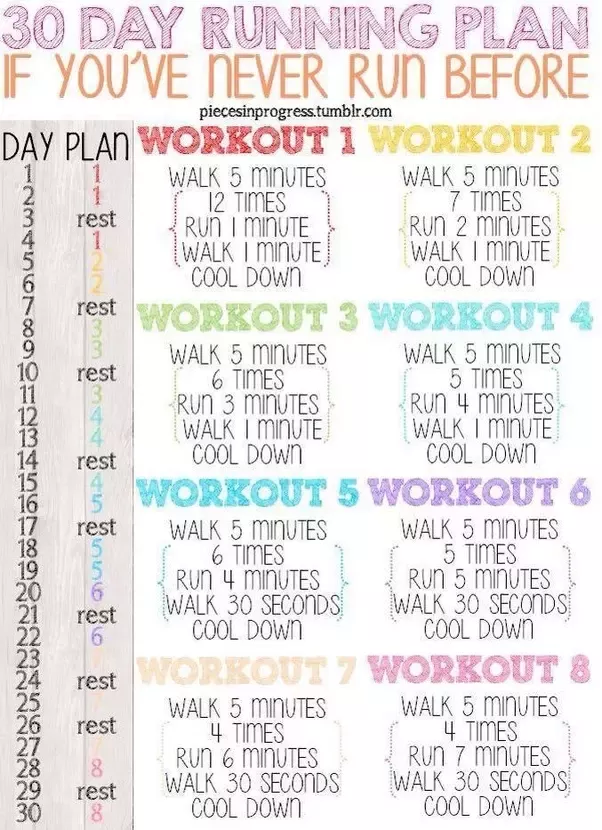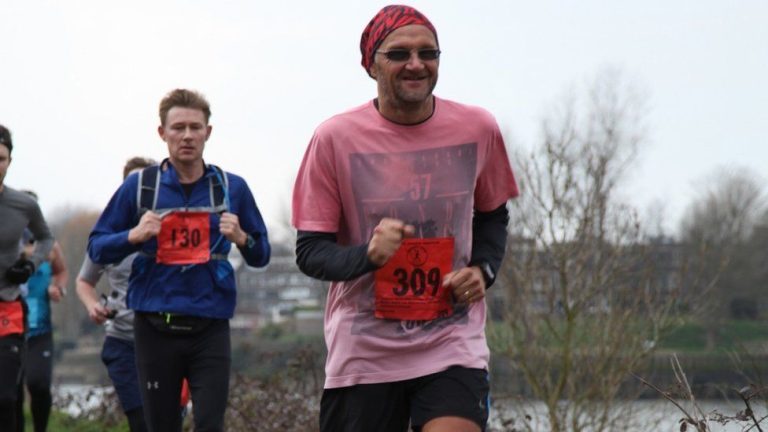Simple Tips To Improve Running Form
To improve running form, focus on posture, strike beneath hips, keep arms relaxed, and maintain steady breathing. Improving your running form can enhance performance, prevent injuries, and make your runs more efficient.
By following simple tips and techniques, you can optimize your form and take your running to the next level. Whether you are a beginner looking to improve or an experienced runner aiming to refine your technique, these actionable tips will help you run stronger and with better form.
By paying attention to your posture, foot strike, arm movements, and breathing rhythm, you can enhance your running experience and achieve your fitness goals. Let’s explore some effective strategies to improve your running form and maximize your potential on the road or trail.

Credit: m.youtube.com
Importance Of Proper Running Form
Proper running form is crucial for every runner, whether you’re a casual jogger or a seasoned athlete. It not only helps in preventing injuries but also improves your efficiency and speed. By maintaining the right running form, you can minimize the risk of common running-related injuries and enhance your overall performance. Let’s explore the importance of proper running form and how it can benefit your running experience.
Reduced Risk Of Injury
Enhancing your running form can significantly reduce the likelihood of suffering from injuries such as shin splints, IT band syndrome, and stress fractures. When your body is in proper alignment and your movements are coordinated, you exert less stress on muscles and joints, reducing the impact of each stride. This promotes a more balanced and sustainable running gait, lowering the risk of overuse injuries often associated with poor form.
Improved Efficiency And Speed
Employing correct running form allows you to move more effortlessly and efficiently, optimizing your running performance. By focusing on proper posture, foot strike, and arm movement, you can better utilize your energy, resulting in increased speed and endurance. When you maintain the right form, you can propel yourself forward with each stride, utilizing your muscle power more effectively and decreasing unnecessary movements that can slow you down.

Credit: www.itchenspitfiresrc.co.uk
Essential Components Of Good Running Form
Improve your running form with these essential tips! Enhance your performance by focusing on proper posture, alignment, foot strike, arm movement, cadence, and breathing techniques. Practice these simple adjustments and enjoy a smoother, more efficient running experience.
Good running form is key to enhancing performance and preventing injuries. Essential Components of Good Running Form include proper posture and alignment, efficient arm swing and upper body movements, and strategic foot placement and cadence. Mastering these elements can elevate your running experience.Posture And Alignment
Maintain an upright posture to ensure the body is in alignment. Keep the head up, shoulders relaxed, and engage your core.Arm Swing And Upper Body
Amp up your arm swing to improve momentum. Bend arms at 90 degrees and swing them in rhythm with your stride.Foot Placement And Cadence
Focus on landing midfoot to distribute impact, and maintain a quick cadence to optimize efficiency when running. Incorporating these fundamentals into your running routine can lead to smoother, more enjoyable runs.Exercises To Improve Running Form
Enhancing your running form can lead to better performance and reduce the risk of injuries. Implementing specific exercises targeting core strength, hip mobility, as well as leg strength and stability can significantly improve your running efficiency. Let’s explore some key exercises under these categories to help you run with precision and power.
Core Strengthening
- Focused ab exercises, like planks and Russian twists, stabilize your core for better torso control.
- Include exercises such as bicycle crunches and leg raises to strengthen your lower abs for improved running posture.
Hip Mobility
- Perform dynamic stretches like leg swings and hip circles to enhance hip flexibility and range of motion.
- Integrate exercises like hip bridges and clamshells to strengthen hip abductors and glutes for better pelvic stability.
Leg Strength And Stability
- Squats and lunges help build overall leg strength, improving propulsion and endurance during runs.
- Single-leg exercises such as single-leg deadlifts and step-ups boost stability and balance for smoother strides.
Consistently incorporating these exercises into your training routine can lead to a noticeable enhancement in your running form. Remember, a strong core, mobile hips, and stable legs are essential elements for achieving optimal running mechanics. Start integrating these targeted exercises today to level up your running game!
Running Drills To Enhance Form
Running drills are an essential part of improving running form. These exercises help develop strength, flexibility, and coordination, leading to better performance and reduced risk of injury. Incorporating running drills into your training routine can help you become a more efficient runner.
High Knees
High knees are an effective drill for improving running form. To perform this drill, stand tall and lift your knees towards your chest as high as possible while jogging in place. Focus on maintaining an upright posture and engaging your core muscles. This exercise helps develop leg strength and improves knee lift during running, leading to better overall form and efficiency.
Skipping
Skipping is a dynamic exercise that can enhance running form. This drill involves hopping on one foot while bringing the opposite knee up towards the chest, then quickly switching to the other leg. It helps improve lower body coordination, ankle stability, and overall agility. Incorporating skipping into your training routine can help enhance your running efficiency and form.
Butt Kicks
Butt kicks are a great drill for improving running form and increasing stride length. To perform this exercise, jog in place while kicking your heels up towards your glutes. Focus on maintaining an upright posture and engaging your core muscles. This drill helps improve hamstring flexibility, strengthens the lower body, and encourages a more efficient running stride.
“` Hope this helps! Let me know if you need anything else.Common Mistakes To Avoid
To improve your running form and prevent injuries, it is important to be mindful of some common mistakes that runners often make. By avoiding these mistakes, you can optimize your performance and enjoy a safer and more efficient running experience. In this article, we will discuss three common mistakes to avoid: overstriding, landing heel first, and uncontrolled arm movements.
Overstriding
Overstriding refers to when a runner’s stride length is too long, causing their foot to land too far in front of their body. This mistake can increase the impact forces on your legs and increase the risk of injuries. To avoid overstriding, focus on increasing your cadence or the number of steps you take per minute.
One way to measure your cadence is to count the number of times your right foot hits the ground in a minute, and then double that number. The ideal cadence for most runners is around 180 steps per minute. By increasing your cadence, you can naturally shorten your stride length and land with your feet underneath your body, which reduces the stress on your legs.
Landing Heel First
Landing heel first is another common mistake that can lead to injuries. When you land on your heel with each stride, the impact forces are transmitted directly to your knees and hips, increasing the risk of knee pain, shin splints, and other injuries.
To avoid landing heel first, focus on landing midfoot or forefoot. Imagine running as if you were landing on hot coals and you need to minimize the contact time with the ground. This will help promote a more efficient and natural running gait, as well as reduce the impact on your joints.
Uncontrolled Arm Movements
Uncontrolled arm movements can waste energy and throw off your balance while running. Your arms play a crucial role in maintaining proper running form and can either propel you forward or slow you down.
One common mistake is letting your arms cross over your body’s midline. This can disrupt the natural arm swing and create unnecessary torque in your upper body. To avoid this, keep your elbows bent at approximately 90 degrees and swing your arms forward and backward in a controlled manner, focusing on a smooth and efficient motion.
Another mistake is excessively tensing your shoulders, which can lead to upper body fatigue and reduce your overall running efficiency. Keep your shoulders relaxed and avoid unnecessary tension to maintain a fluid and powerful arm swing.
By being mindful of and avoiding these common mistakes, you can improve your running form and avoid unnecessary injuries. Remember to focus on maintaining a shorter stride length, landing midfoot or forefoot, and controlling your arm movements. By doing so, you’ll be on the path to becoming a more efficient and injury-free runner.

Credit: www.runwithcaroline.com
Frequently Asked Questions On Simple Tips To Improve Running Form
How Can I Improve My Running Form?
To improve your running form, focus on maintaining an upright posture, landing softly on your midfoot, and keeping your arms relaxed and swinging naturally.
What Are The Benefits Of Good Running Form?
Good running form helps to prevent injuries by reducing stress on your joints, improves running efficiency, and allows you to maintain a faster pace with less effort.
Is It Necessary To Hire A Running Coach For Improving Form?
While hiring a running coach can be beneficial, there are plenty of resources available online such as videos, articles, and forums that can help you improve your running form without the need for a coach.
Conclusion
Incorporating these simple tips can help you make significant improvements in your running form. By focusing on posture, cadence, and foot strike, you can enhance your running performance and reduce the risk of injury. Consistent practice and patience are key to refining your technique and achieving better results.
Remember, with diligence and dedication, you can become a more efficient and successful runner.






